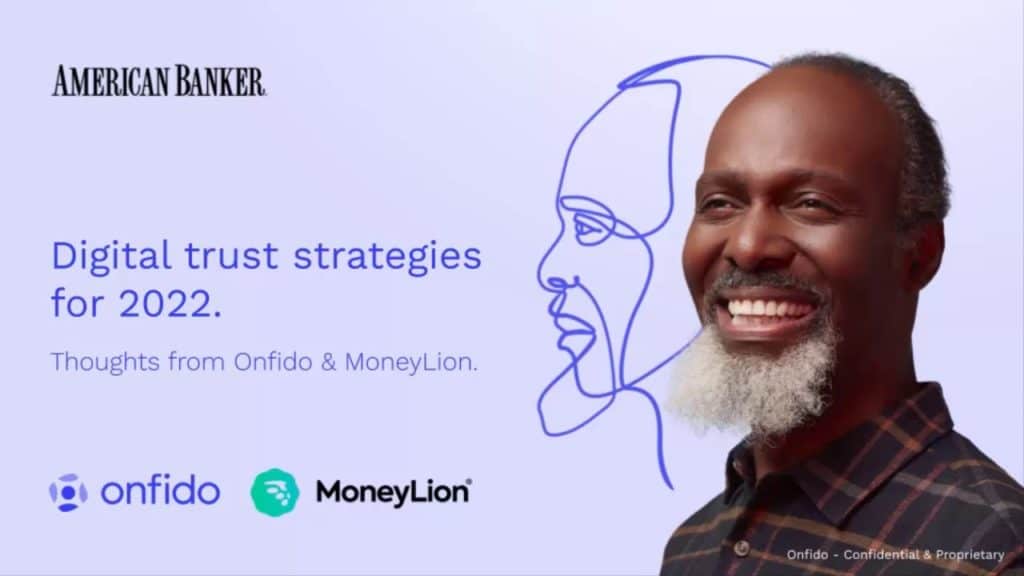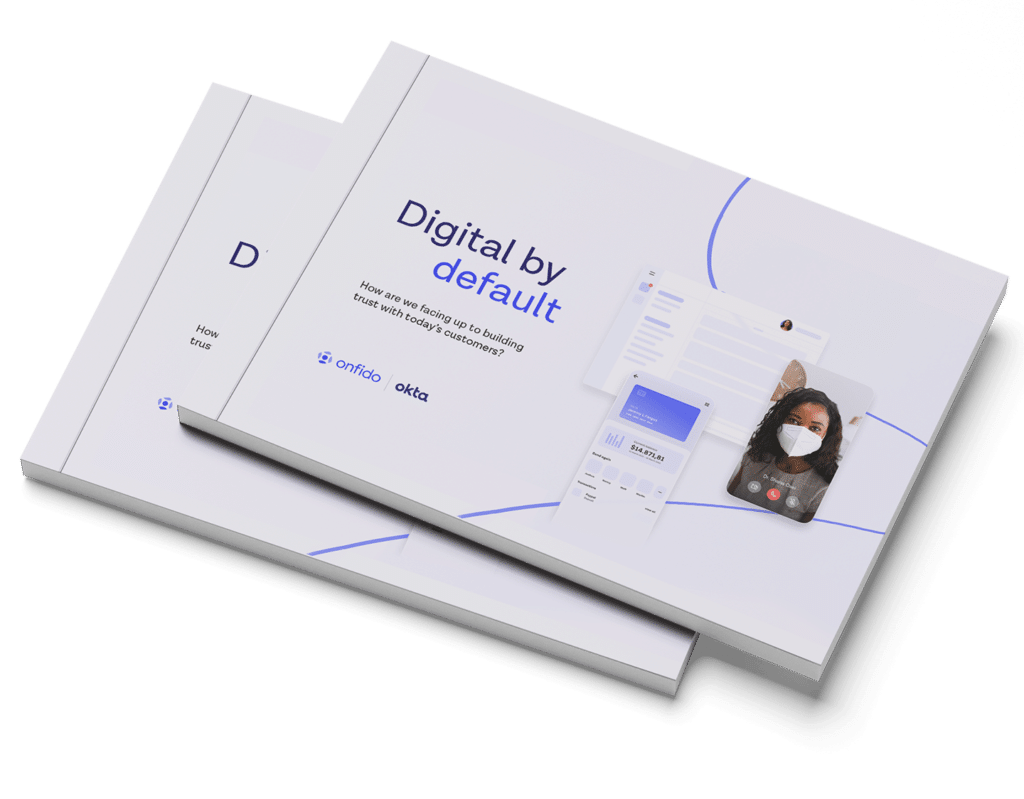
We started eight years ago with our first investment check from Oxford University for $20k. It seemed like a lot of money at the time and we made the most of it. We were given a shot and were not going to disappoint.
We’ve chosen the grow-fast path
We made the $20k last almost a year, before another injection of $60k. Fast forward eight years and a few rounds later, one thing that has become apparent as we’ve scaled is that the size of the round matters far less than the size of the problem, and the drive to solve it.
We are, and always will remain, grateful to our investors, including our latest, $100m from TPG Growth, but the real celebration is when you no longer need to raise investment. It’s a tradeoff. Grow fast (and use investment to plug the gap), or grow slower in a self-sustainable way. We’ve naturally chosen the grow-fast path because we strongly feel that the time to solve the digital access problem is overdue, and urgently needs to be solved, for good.
Identity is broken and getting worse, contributing to USD$2 trillion in laundered money
Since we started the research back in 2010, and launched in 2012, the true extent of how broken identity has become ever more apparent with every passing month and year. Identity fraud is the most commonly committed crime in the US and one of the fastest growing in the world. With more businesses and services moving online, it makes it easier for criminals to hide their real identity, and they’re succeeding. The UN estimates that up to 5% of the world GDP is laundered money (that’s USD$2 trillion) - of which 99% goes undetected. While the anti-fraud industry is good at celebrating success and continuously handing out awards, when you consider that the industry as a whole has a less than 1% success rate in preventing money laundering - there’s nothing to celebrate. These are the funds used by those engaging in drug and human trafficking, terrorist financing, and every other sort of illegal activity where money is involved.
We’re living in a closed world that needs better and fairer digital access
Credit bureaus, created 150 years ago, have long been the de facto standard to prove a person’s real identity online, but continuous data breaches have undermined their reliability. They also create a closed world, blocking access to people who are under or unbanked and therefore not on a credit bureau. This means that more than half of the world’s adult population (approximately 2 billion people) are excluded from access. If you’re not registered on a credit bureau you are also financially penalized having to pay up to 16% in remittance fees, rather than the approximately 1% that those with access can enjoy. Equally, if it costs a bank $20 to onboard someone in-branch face-to-face, they’re not going to give access to the bottom of the pyramid who typically have low-transaction accounts; but at an onboarding cost of $1, it starts to become viable for the whole world to gain access.
A new standard was needed
As it became clearer that the old approaches based on Centralized Databases (such as Credit Bureaus and Knowledge Based Authentication) were no longer fit for purpose, we set the three building blocks that we wanted to focus on, as conditions to set the new standards. We kept these simple:
- Helping the 98% of real users gain access across the world to digital services
- While stopping the 2% of bad actors with fraud feedback loops with our clients
- With the best possible user experience so that anyone could easily gain access
We saw that the best approach was to use machine learning - essentially getting computers to behave like, and more efficiently than the human mind - in assessing if photo IDs are genuine or fake, and whether they match the face of the user presenting their ID. Onfido’s mission became to create a more open world where an individual’s identity is the key to accessing more digital services. We call this Real Identity. Where a person's identity is anchored by their photo ID and their face, rather than by a centralized database of numbers and letters.
New use-cases and applications
As we made progress with the new standard for digital access, we could see that the application could be used in multiple places. Everything from financial services, online healthcare and trust marketplaces, to self-check-ins at airports, hotels and car rentals. New applications include passwords, which will soon become a thing of the past as a method for accessing digital services, as will queuing for hours to vote in person. Unlike other approaches, the use of AI means that organisations granting access to their services no longer need to compromise on customer inclusion, security or user experience. More recently, we’ve been able to assist with the COVID19 relief effort, and are increasingly being asked about Immunity Passports so that those who have been tested can become volunteers or return back to work.
Privacy and control
In more recent years, we’ve observed a growing and worrying trend that runs counter to our mission of creating an open world. Although centralized databases, which blocked access to two billion adults worldwide, are becoming less prevalent as a method of providing digital access, other forms of centralizing data, in return for access, have started to spring up. This is especially the case with Big Tech. Big Tech has started to gather as much information about users as possible in order to profile them so that they can be exploited. Whether it’s price discriminating based on your shopping history or enabling political agents to identify a users’ vulnerabilities and then targeting them with tailored ads for political ends, using fake profiles. We see serious examples of this in China: everyone there can access services relatively easily and securely, but they come with zero privacy. This has a clear downside, with one example being the way in which it has helped the Chinese authorities systematically identify and detain over a million Uighurs (a minority ethnic group living in China). This isn’t an open world, this is a scary closed world, be it big surveillance or abuse of power, from big government or Big Tech. We therefore decided in 2018 to add a fourth building block to our purpose - privacy. In the world we envisage, everyone will own and control their real identity, to easily gain access to services without compromising their privacy.
The next 10-20 years
We feel privileged that our vision of a world where users are empowered to prove their real identity in an easy and secure way - is starting to become the new global standard for digital access. We have a long way to go, without compromising on customer inclusion, security, user experience or privacy. Ultimately, everyone’s real identity is too important to be controlled by anyone other than themselves. We’re working on making that happen. Just as it’s now hard to imagine a world without smartphones, in 10 years from now, we want everyone to look back in amazement at a time when:
- 2bn people were blocked from access
- money launderers had a 99% success rate
- every day was a constant struggle with passwords
- companies only exchanged their services in return for you sharing ever more data
- and governments promised security only at the expense of your privacy
As we get closer to making this new world a reality, we’re going to start competing with Big Tech. In response, we’ll continue to focus on building the very best identity verification product, upholding our values (especially on privacy), and outcompeting them. We didn’t fundraise to just get to the next milestone, we need the funding as we’re changing the world.





